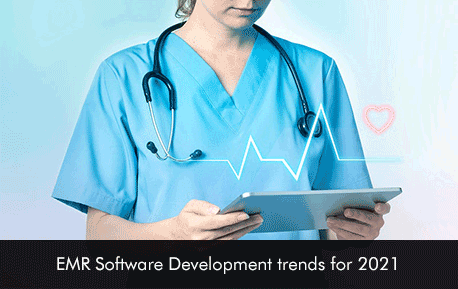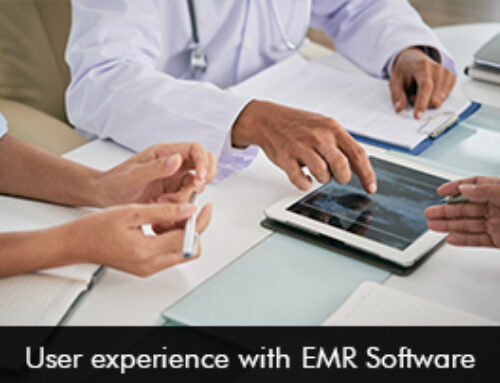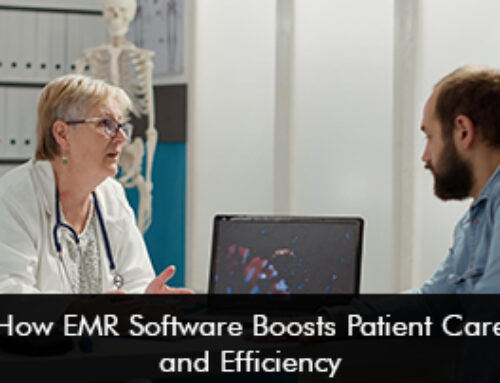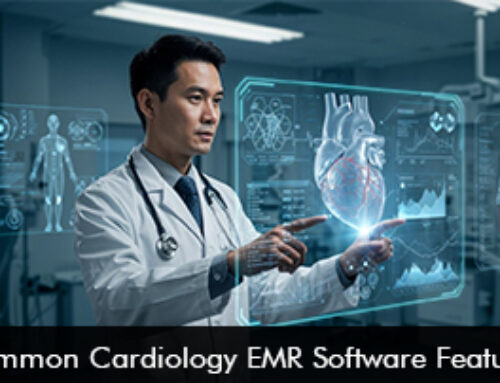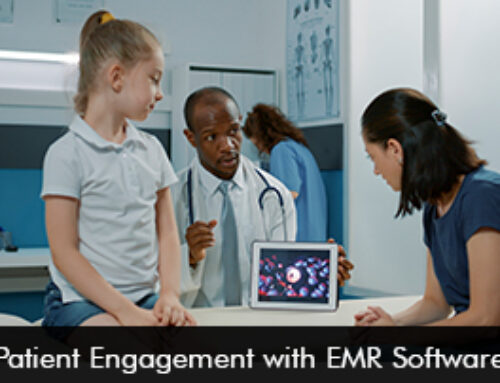The COVID-19 pandemic has pushed healthcare providers to resort to digital solutions to help them stay in the market and continue to provide ongoing care to their patients. Electronic Medical Records (EMR) Software solutions have helped practices go paperless improving workflow efficiencies and have revolutionized the way patient records are processed. However, some providers might feel dissatisfied with their existing software solution and might be wanting an update to enhance their current practice setup. A study conducted by Yale University researchers in 2019 revealed that many healthcare providers were not satisfied with their EHR Software systems. The reason lies in unintuitive systems that are difficult to navigate and dashboards with multiple switched adding to physician stress and burnout.
EMR Software Market/Development Trends
The disappointment with existing EMR Software solutions and the benefits associated with smooth EHR software deployment has been the powerhouse for the accelerated growth in the Electronic Health Records Software market. Following are the general trends that have influenced this rapid growth.
Remote Patient Monitoring
The development of remote patient monitoring tools and applications have helped providers monitor patient conditions remotely reducing the number of ER visits and keep clinicians informed in real-time.
AI and Big Data
The changing dynamics in the healthcare IT sector have boosted the integration with blockchain, Artificial Intelligence (AI), and machine learning. These technology solutions make sure that researchers and healthcare professionals use the data for valuable studies for better diagnosis and improvement in patient outcome levels.
Focus on Data Standardization
There has been a greater focus on data standardization for ease of software usage. These data standards need to be well-documented and transparent for vendors and users in the healthcare sector.
5G Coverage
5G coverage has made it possible for healthcare providers and patients to stay connected seamlessly 24/7 through mobile applications and smartphones. Enhanced communication despite geographical distance boosts patient engagement levels and makes them feel on top of their healthcare process.
Working on Interoperability Options
Interoperability is crucial for smooth data sharing and transfer between stakeholders in the healthcare sector. Lack of standardization for data sharing is a big roadblock to interoperability. HIT and federal bodies will work even harder to reduce the barriers to data sharing for increased interoperability options offered by software vendors.
Attention on Patient Engagement
Driving patient engagement is a need for today, patients want to feel involved throughout their healthcare journey. The patient App and Patient Portal EMR Software will play a major role to boost patient engagement levels and will be designed in a user-friendly format that is simple to navigate by patients of most age groups.
Final Takeaway
EHR Software development trends all emphasize using the latest technology and digital innovations to provide productivity and enhance efficiency levels to meet your practice needs in the best possible way. We can expect a growth in overall accessibility, integration, and AI technology options in software systems that can provide supreme care to patients and streamline daily clinical workflows for healthcare staff members.


